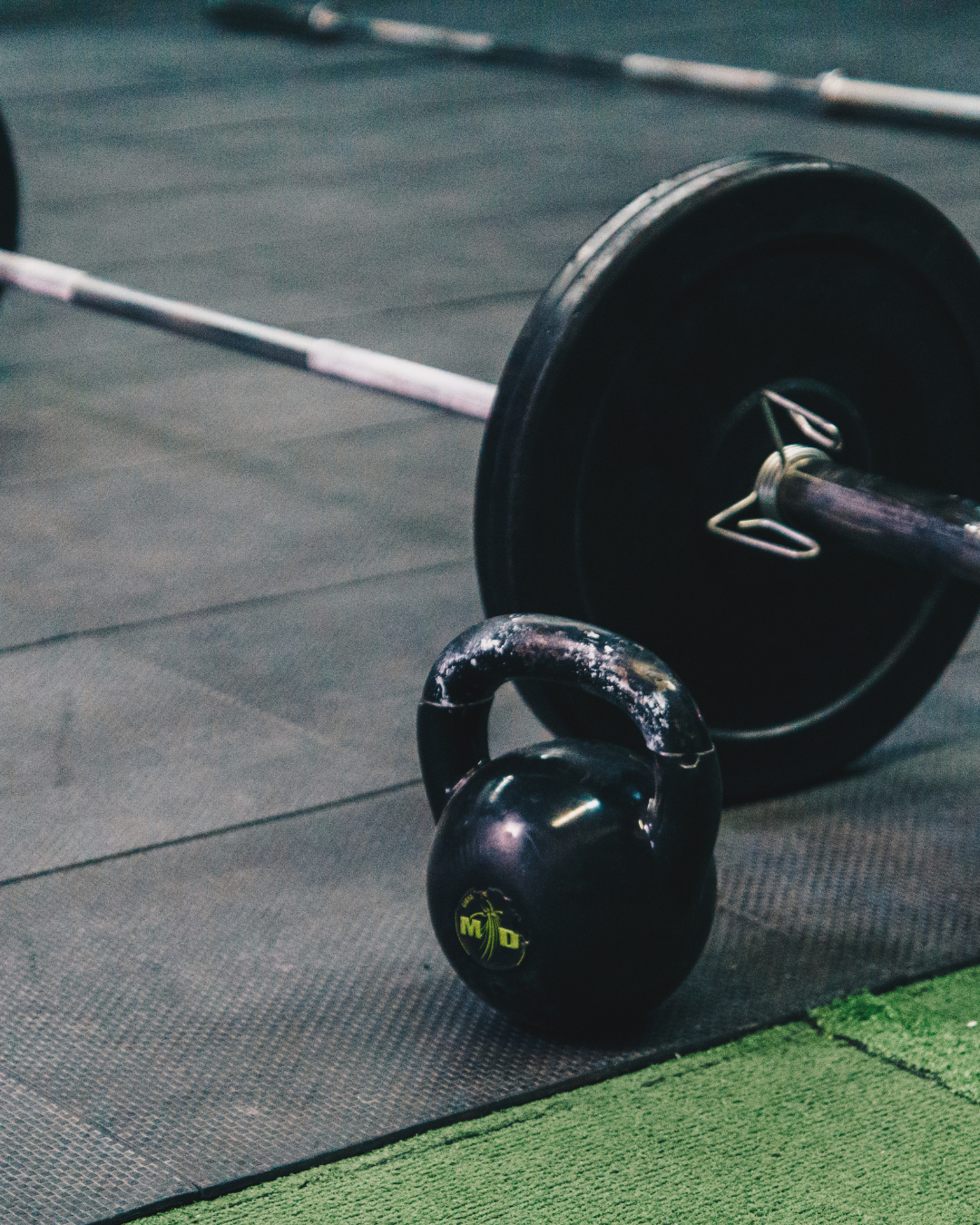
Exercise during cancer: Why walking, yoga, or Pilates aren't enough.
🌟 Exercise During Cancer: Why Walking, Yoga, or Pilates Aren't Enough
A cancer diagnosis is a challenging time that affects both the body and the mind. Life is put on hold, and resuming it can be difficult. Suddenly, you're seen as a fragile person who needs to be cared for in every way.
During treatment, it's common to look for ways to improve not only physical health but also quality of life by reducing the stress associated with the disease.
Pilates, yoga, and walking are recommended exercises in many hospital programs. However, these exercises offer little to no chance of reversing the negative effects of cancer and its treatment.
In this article, we explore how strength training is becoming a key tool for people experiencing cancer and how it impacts their overall health.
💡 Beyond Walking: Why Strength Training Is Crucial
Let's define three concepts:
-
Physical activity : any bodily movement performed during the day that involves an expenditure of energy.
-
Physical exercise : planned, structured, and repetitive activity with a specific goal.
-
Sport : discipline with physical exercise, competition and structured rules.
Walking falls into either the first or second category, depending on how it's planned. Like yoga or Pilates, it's considered light or moderate physical exercise , meaning it doesn't generate enough positive adaptations in the body.
🔍 What we're missing:
-
Preserve muscle mass
-
Protect bone mineral density
-
Optimize metabolic condition
These ESSENTIAL effects require efforts that involve overcoming significant resistance. The body needs a stimulus that provokes real adaptations.
💪 Strength training: what makes a difference
Strength training involves overcoming resistance through voluntary contractions. However, to achieve benefits, certain criteria must be met:
-
Effort
-
Burden
-
Intensity
-
Progression
For example, if an older, sedentary person gets up from a chair 10 times, that can be considered strength training. But if a younger, sedentary person does the same, the impact is minimal.
Conclusion: Light activities such as yoga or walking are not sufficient to significantly improve metabolic capacity or muscle strength.
💪 Benefits of strength training
💪 Preservation of muscle and bone mass
Strength training is the number one tool for combating sarcopenia and bone loss. Along with proper nutrition, it improves functionality and quality of life.
👨⚕️ Reduction of joint and muscle pain
It is key for patients receiving aromatase inhibitors, as it helps reduce joint pain associated with inflammation.
🌱 Body weight control
Prevents cachexia (extreme weight loss) and helps maintain balanced body composition.
👩🏋️♂️ Optimizing metabolic health
It improves insulin sensitivity and mitochondrial efficiency, crucial aspects for cancer patients undergoing treatment.
😄 Improved mood
The endorphins released during strength training help combat stress, anxiety, and depression. They also promote self-confidence and overall well-being.
💪 An added benefit: Joint pain relief
Joint pain is one of the most common side effects of cancer treatment, especially in patients taking aromatase inhibitors. Strength training has a potent anti-inflammatory effect that improves joint stability and reduces pain sensitivity.
A key study, the HOPE (Hormones and Physical Exercise Study) , showed that a supervised strength training program significantly reduced joint pain in women treated with aromatase inhibitors.
🔥 Conclusion
Strength training is essential for preserving muscle and bone mass, reducing joint pain, and improving metabolic health during cancer treatment.
🌟 Do you want to start with a training plan tailored to you?
Our team designs personalized plans to ensure each person gets the most out of exercise, feeling strong, confident, and supported every step of the way.
